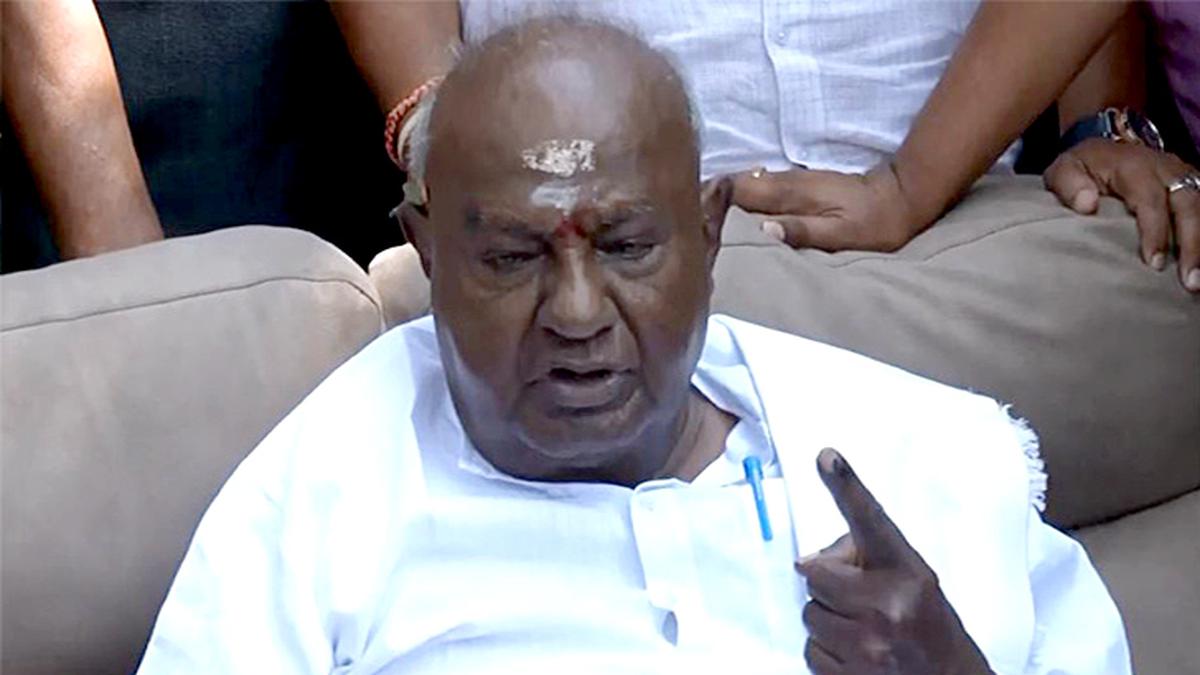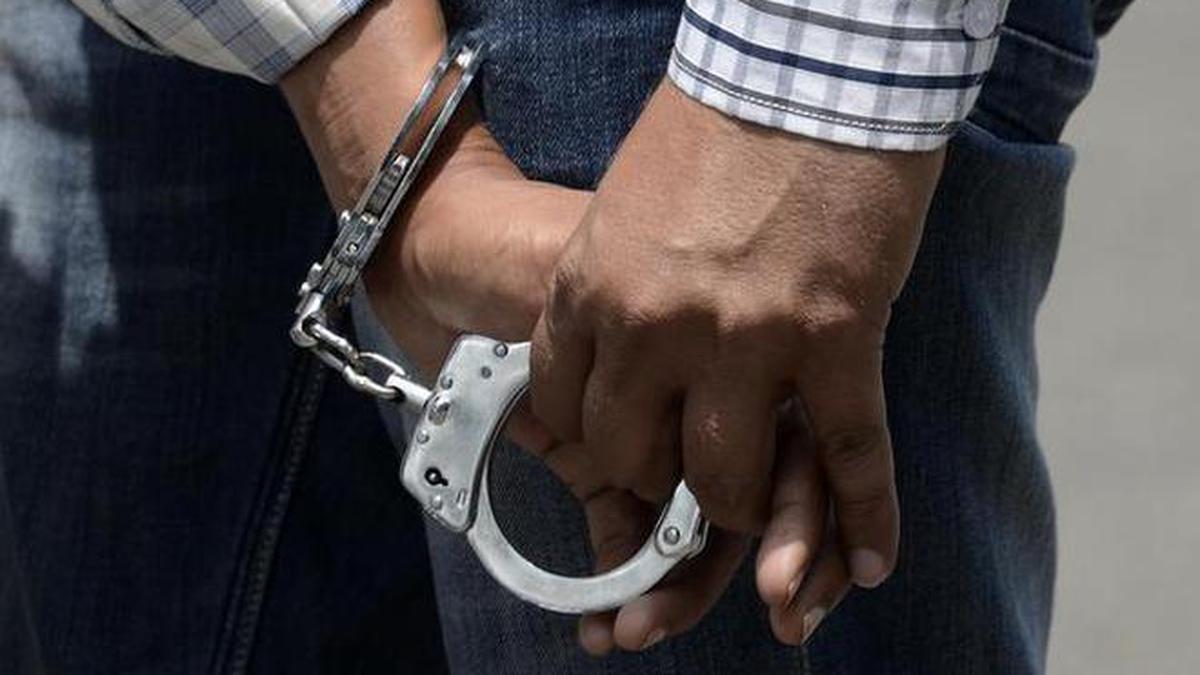New Delhi: The 41 workers rescued from the collapsed Uttarkashi tunnel last month may return to work at the site in a month, it is learnt.
This information was shared with ThePrint by some of the workers as well as an official of the National Highways & Infrastructure Development Corporation Limited (NHIDCL), the company implementing the tunnel project.
A week after their rescue, the workers are currently at their homes.
Meanwhile, work on the tunnel itself is not likely to resume for three months.
“After conducting a safety audit of the tunnel, we will clear the debris from the collapsed section,” NHIDCL Executive Director Sandeep Sudhera told ThePrint. “The construction work on the tunnel is expected to recommence after a period of three months.”
Sudhera said they would proceed step by step, adhering to the guidelines outlined in the Disaster Management Act.
The 4.5-km bi-directional Silkyara-Barkot tunnel is part of the Modi government’s ambitious Char Dham project, aimed to improve connectivity to the four pilgrimage sites of Kedarnath, Badrinath, Yamunotri and Gangotri.
The tunnel, being built through the Himalayas, is part of a section intended to enable all-season access to Yamunotri. Excavated through the Radi mountain, the tunnel is expected to reduce travel time between Dharasu and Yamunotri by one hour and the distance by 20 kilometres.
However, a section of the under-construction tunnel collapsed at the Silkyara end on 12 November, trapping 41 workers behind 60 metres of debris.
The Char Dham project has been a matter of concern among geologists and environmentalists, who cite the relatively young age of the Himalayas to urge caution in undertaking too many construction initiatives in the fragile terrain, and point to the tunnel collapse as one of the lethal consequences of rampant construction work in the region.
Questions were also raised about the vertical drilling — through the hill above — conducted in a bid to rescue the workers. However, the vertical drilling was aborted midway and the workers rescued by horizontal digging instead — the last few metres, manually.
Authorities involved in the rescue operation say whatever holes were drilled in the process have now been filled out. “The holes created by vertical drills, horizontal-perpendicular drills, and other vertical drills have been completely filled,” said Sudhera.
Plans are now afoot to replace the trees cut to make a road to facilitate the rescue efforts.
Uttarkashi Divisional Forest Officer D.P. Baluni said, “The Border Roads Organisation (BRO) had removed 44 pine trees from our land, covering 0.395 hectares, to construct a 1,153-metre road. In compensation, 100 oak trees will be planted in the same location,” he said.
Also Read: ‘Finally, God heard us’: Families of 3 workers rescued from Uttarkashi tunnel heave a sigh of relief
Getting project back on track
Talking about the plans ahead, Sudhera said they would first fill the “void space” created in the mountain by the landslide that caused the tunnel collapse.
“Concurrently, the remaining 493 metres [of the tunnel] from the Barkot side will undergo construction, including the incorporation of an escape passage,” he added.
By escape passage, he meant one or more emergency exits to be built during construction work to ensure workers can leave in the event of occurrences like landslides.
One of the major criticisms as rescue work progressed was that the tunnel didn’t have exit pathways that would have allowed the trapped labourers to find their way out after it collapsed.
However, Sudhera was dismissive of such criticism, saying there was much “misinformation” floating around.
The conditions inside the tunnel were satisfactory, he said, emphasising that there are plans to install exit gates as the project is completed.
An NHIDCL official said there is a substantial amount of debris that must be cleared before the onset of rains and snow.
Rajender Kumar Jenamani of the India Meteorological Department had earlier told ThePrint that there is a possibility of light snow in the area on 10-11 December.
Another NHIDCL official, speaking on the condition of anonymity, said bills had been prepared and will be submitted to the Government of India in a day or two “to expedite the commencement of the work”.
“Assessing the full extent of the damage takes time, and making definitive statements regarding the completion of the tunnel is not feasible at this moment,” the official said.
As for the trees felled, DFO Baluni said the reforestation process is already under way, and efforts to establish a new forest will commence shortly.
Former Geological Survey of India director P.C. Nawani said replacing pines with oaks could be a “viable” solution, adding that the roots of the former lack deep anchorage in the mountains, making them susceptible to damage even with slight vibrations.
“Pine trees do not have deep roots, so they are often the first to succumb during earthquakes. It is only a factor,” Nawani said.
“Replacing pine trees with oak trees could be a viable solution, provided that NHIDCL proceeds with caution this time,” he added.
(Edited by Sunanda Ranjan)
Also Read: Murmure & kishmish sent, augers at work — rescue of 40 men trapped in Uttarkashi tunnel enters day 5

 5 months ago
73
5 months ago
73



